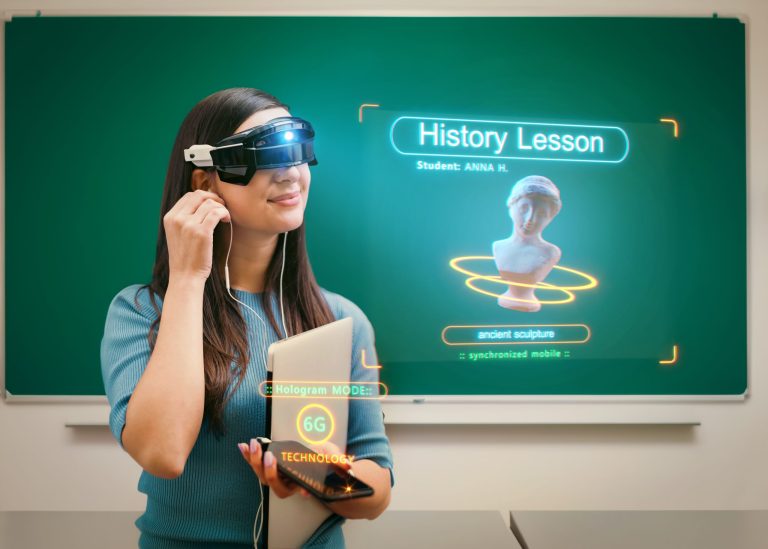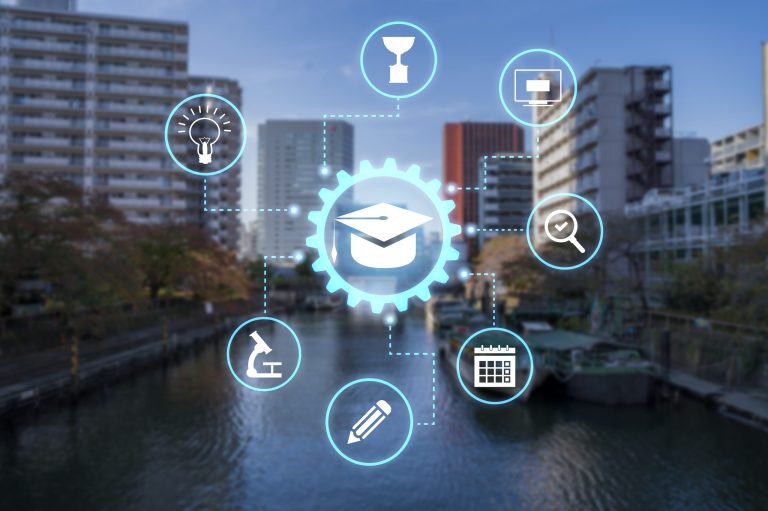Innovative Learning Spaces: Inside the Best Colleges Shaping Tomorrow’s Leaders
Innovative Learning Spaces: Inside the Best Colleges Shaping Tomorrow’s Leaders
In today’s rapidly evolving world, education is not confined to traditional classrooms anymore. Modern education demands innovative learning spaces that inspire creativity, critical thinking, and collaboration among students. The best colleges understand this need and have transformed their learning environments to shape tomorrow’s leaders effectively. In this article, we will delve into the innovative learning spaces found in leading educational institutions, exploring how these environments foster a holistic approach to education and prepare students for the challenges of the future.
1. Introduction: Redefining Learning Environments
In this section, we’ll discuss the shift from traditional classrooms to innovative learning spaces and why this change is essential for students’ growth.
2. Collaborative Classrooms: Fostering Teamwork and Communication
Explore how colleges are designing classrooms that encourage collaboration among students, emphasizing teamwork and effective communication skills.
3. Technology Integration: Enhancing Learning Experiences
Delve into the role of technology in modern classrooms, examining how colleges are integrating smart devices, virtual reality, and interactive displays to enhance learning experiences.
4. Flexible Spaces: Adapting to Diverse Learning Needs
Discuss the concept of flexible learning spaces that cater to various teaching methods, accommodating different learning styles and preferences among students.
5. Outdoor Classrooms: Embracing Nature for Enhanced Learning
Explore how some colleges are utilizing outdoor spaces, incorporating nature into the learning process, and the positive impact it has on students’ creativity and well-being.
6. Innovation Hubs: Nurturing Entrepreneurial Spirit
Examine innovation hubs within colleges, where students can brainstorm ideas, collaborate on projects, and develop entrepreneurial skills, fostering innovation and creativity.
7. Arts and Creativity Studios: Unleashing Artistic Talents
Discuss how colleges are dedicating spaces for arts, music, and creativity, allowing students to explore their artistic talents and encouraging self-expression.
8. Sustainable Learning Spaces: Encouraging Environmental Responsibility
Explore how colleges are adopting eco-friendly practices and sustainable design principles in their learning spaces, promoting environmental awareness among students.
9. Student Lounges and Relaxation Zones: Balancing Academic Rigor
Discuss the importance of designated relaxation zones where students can unwind, reducing stress levels and maintaining a healthy balance between academics and personal well-being.
10. Virtual Learning Environments: Expanding Access to Education
Examine the rise of virtual learning environments, enabling colleges to reach a global audience and provide education to individuals who may not have access to physical campuses.
11. Conclusion: Shaping Future Leaders Through Innovative Spaces
Summarize the key points discussed in the article, emphasizing the significance of innovative learning spaces in shaping well-rounded, future-ready leaders.
FAQs
Q1: Are these innovative learning spaces limited to specific colleges, or are they becoming a standard in educational institutions worldwide? Innovative learning spaces are becoming a standard in educational institutions worldwide. Colleges and universities across the globe are recognizing the importance of creating environments that foster creativity, critical thinking, and collaboration among students.
Q2: How do outdoor classrooms positively impact students’ learning experiences? Outdoor classrooms provide a change of scenery and exposure to nature, which has been linked to improved concentration, reduced stress, and enhanced creativity. These spaces encourage active learning and exploration, leading to a more holistic educational experience.
Q3: Can you provide examples of colleges that have successfully implemented sustainable learning spaces? Certainly, colleges like Stanford University and University of California, Irvine, have implemented sustainable learning spaces featuring energy-efficient lighting, recycled materials, and green roofs. These spaces not only promote environmental responsibility but also serve as educational tools for students.
Q4: Are virtual learning environments as effective as traditional classrooms in terms of student engagement and interaction? Virtual learning environments can be highly engaging and interactive, especially when designed with interactive simulations, virtual labs, and collaborative online tools. While they offer flexibility and accessibility, the effectiveness also depends on the course design and students’ active participation.
Q5: How can students make the most out of innovation hubs within their colleges? To make the most out of innovation hubs, students should actively participate in brainstorming sessions, collaborate with peers from diverse disciplines, seek mentorship from faculty or industry experts, and take advantage of resources available within the hub. Engaging with real-world projects and networking can enhance their entrepreneurial skills and creativity.






